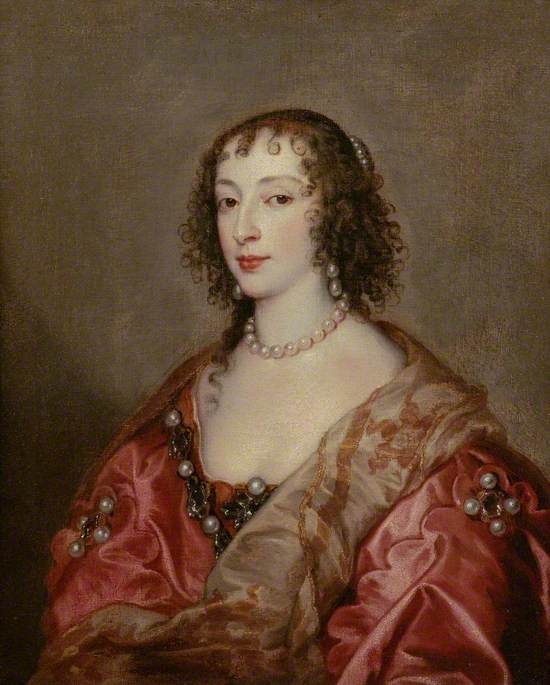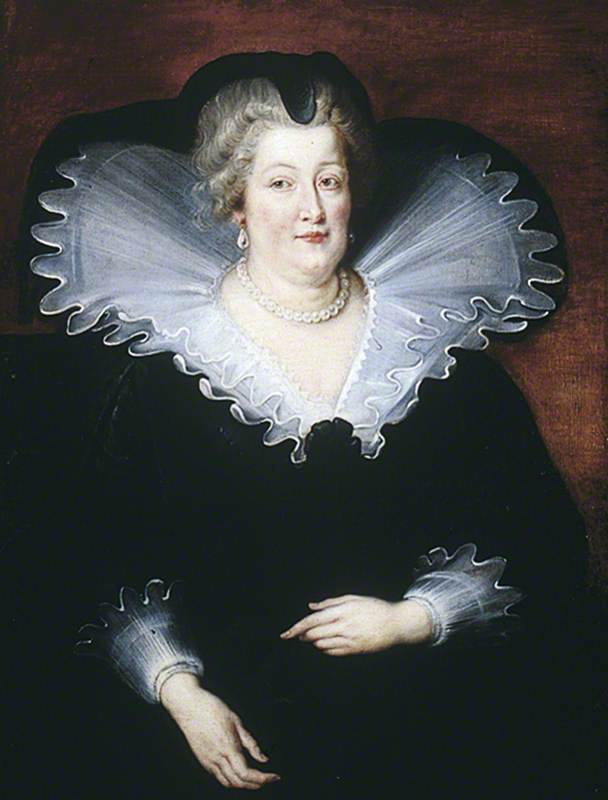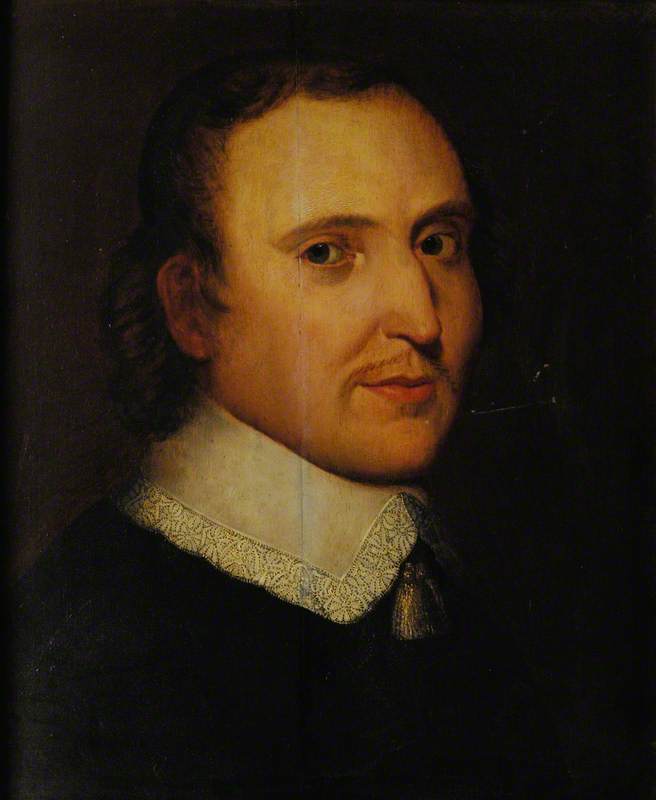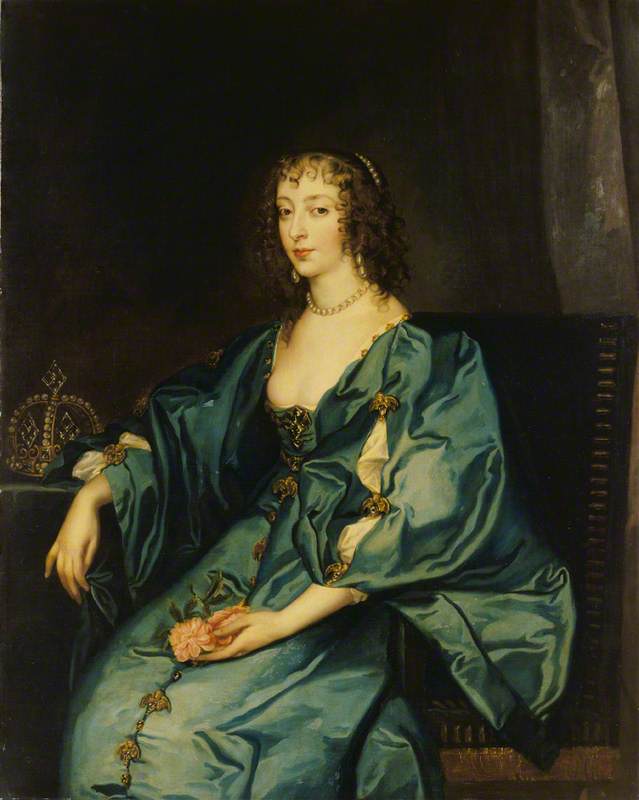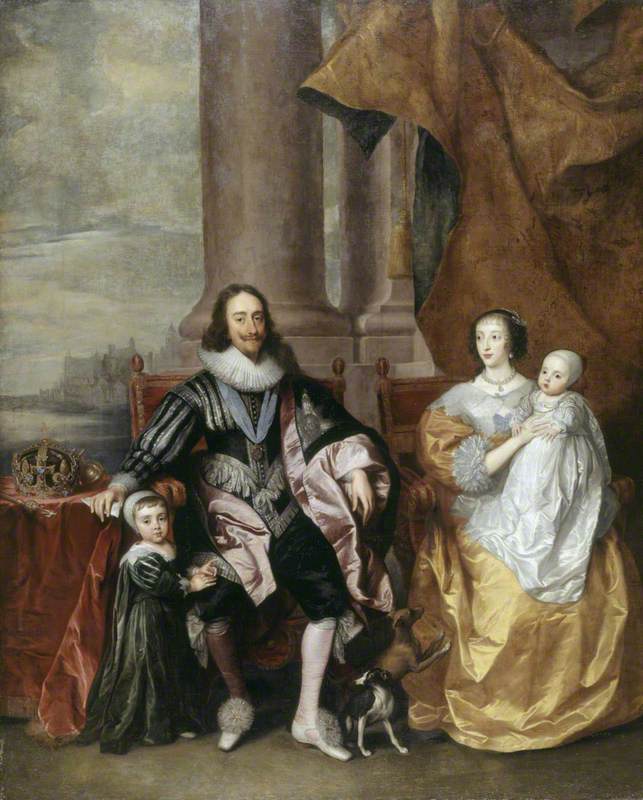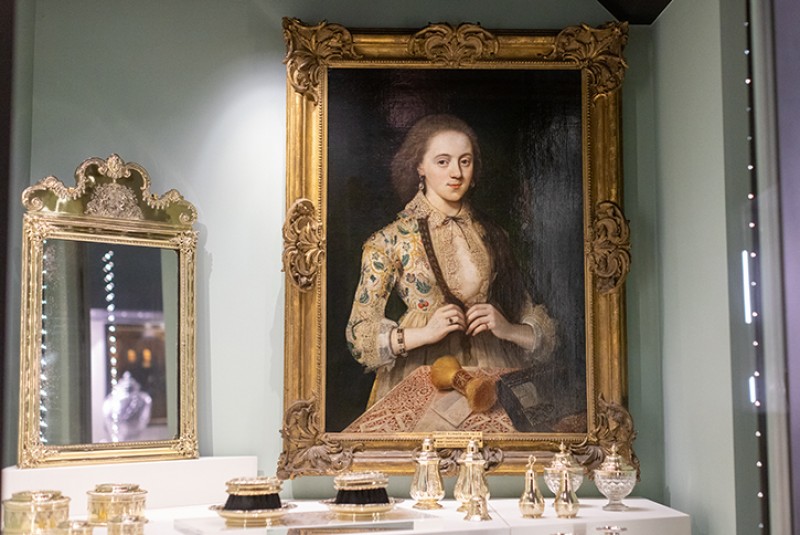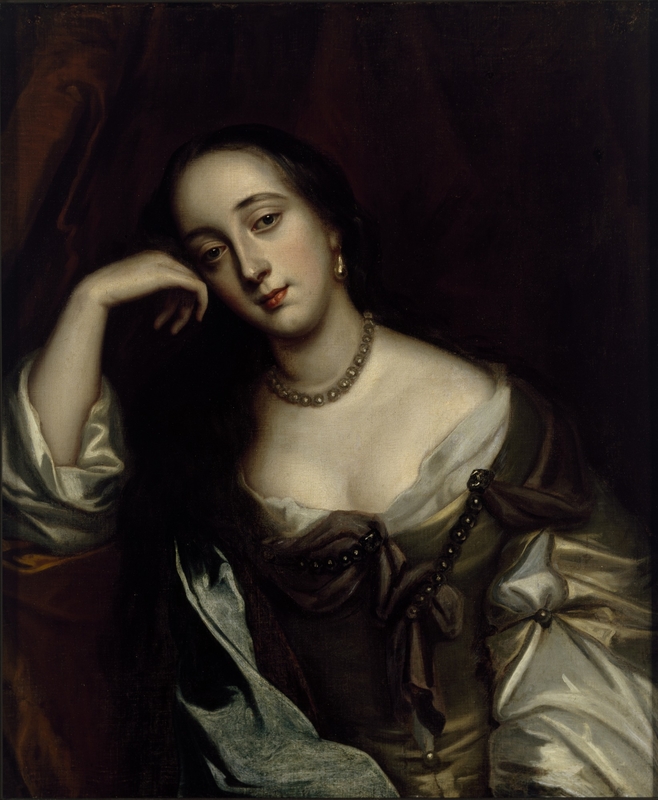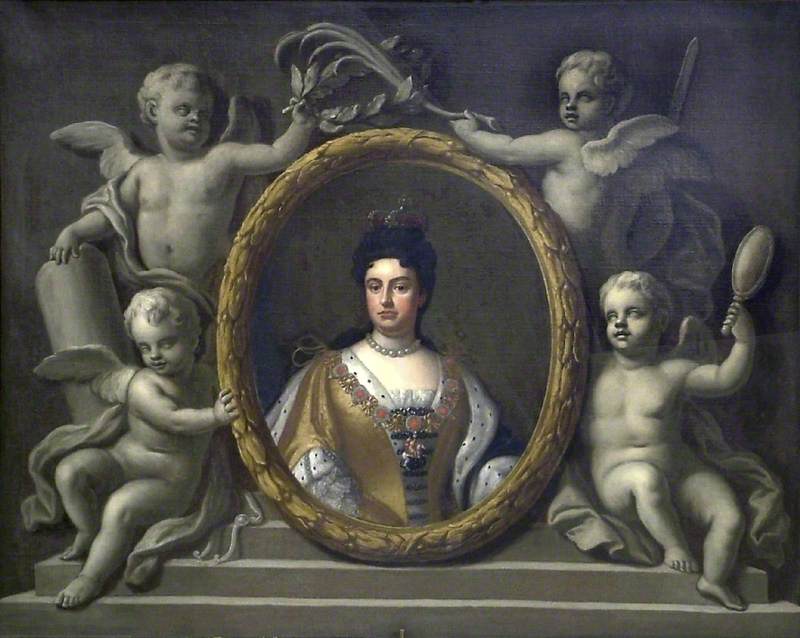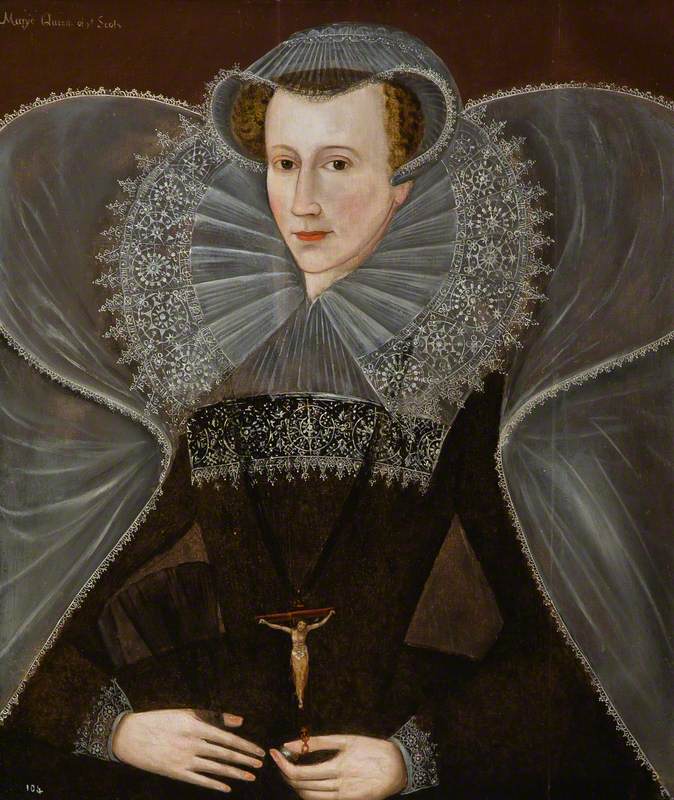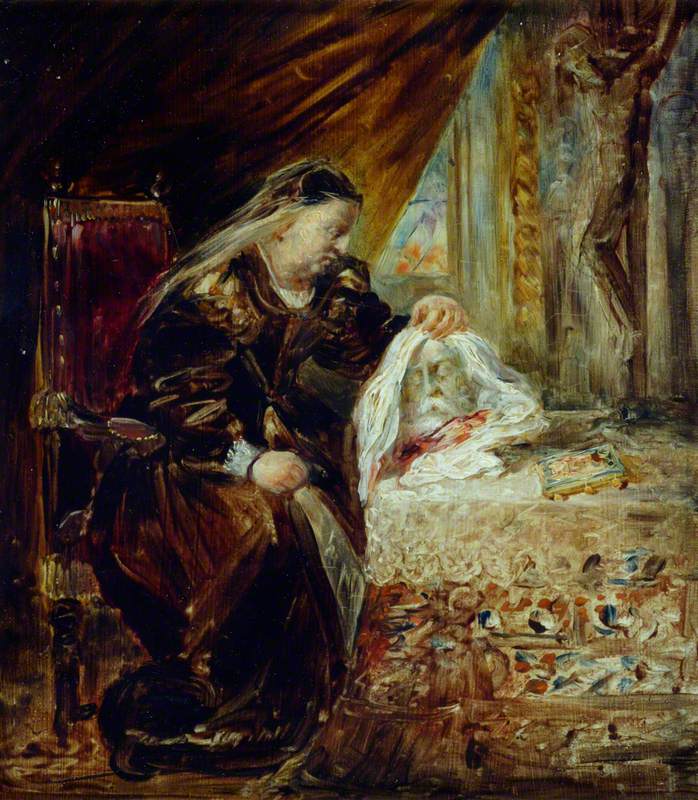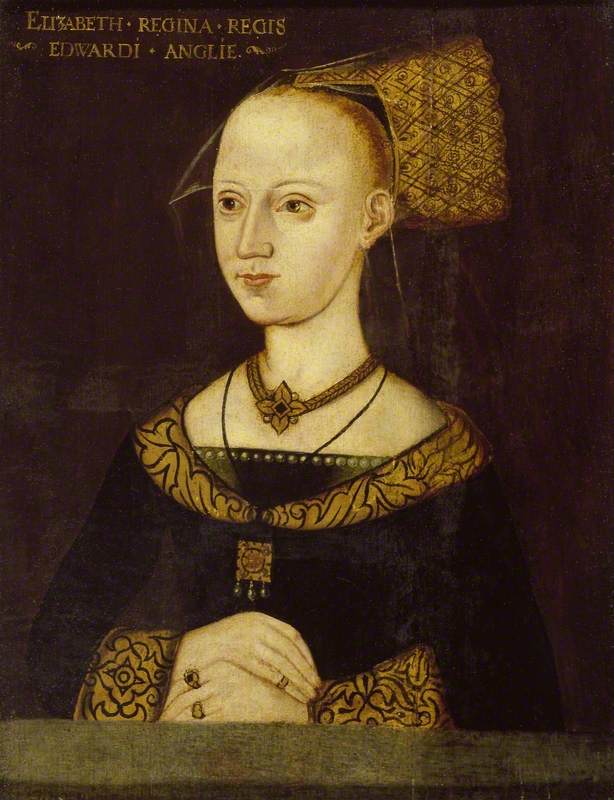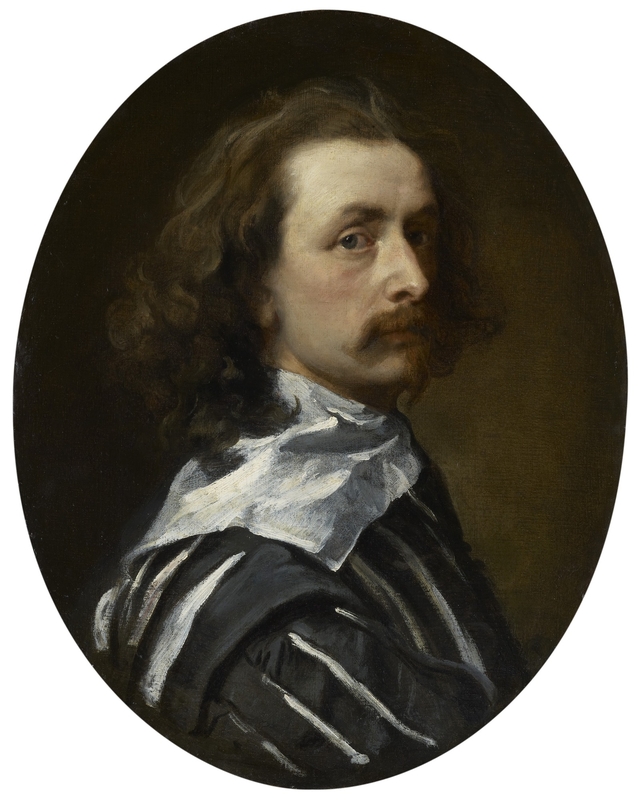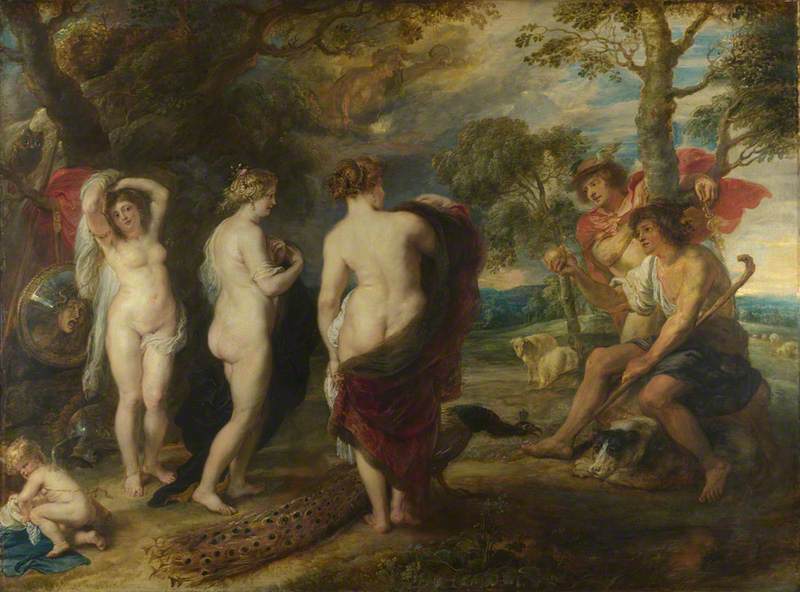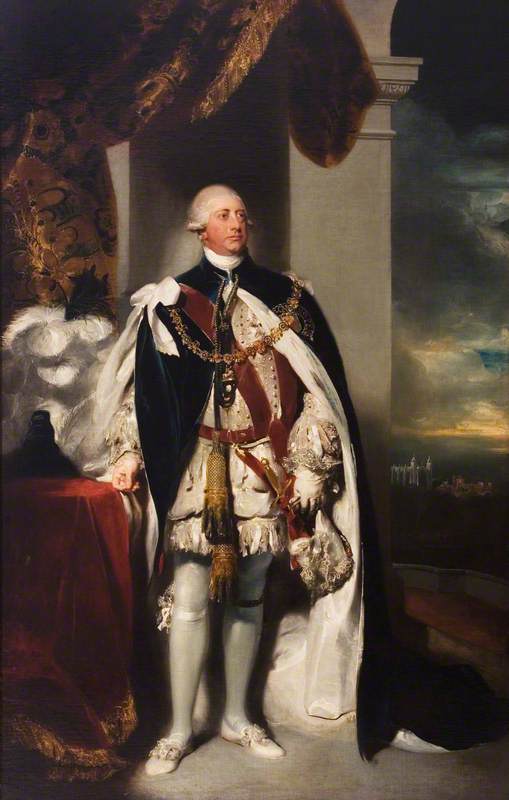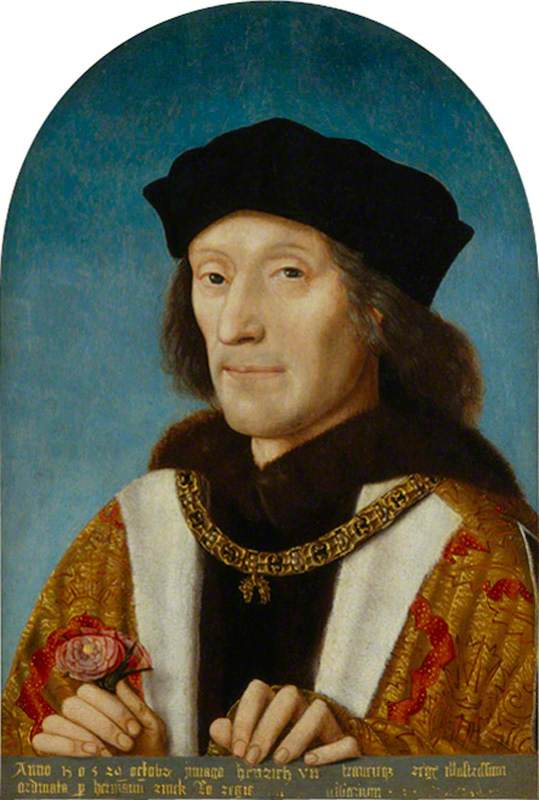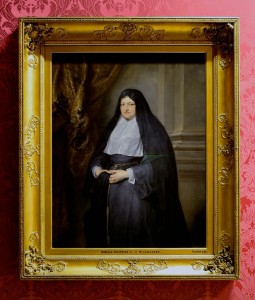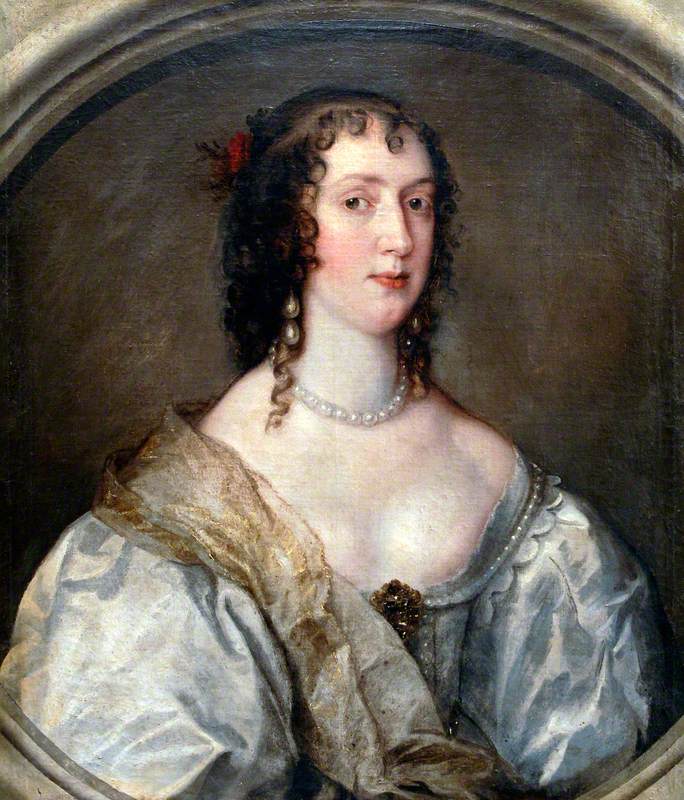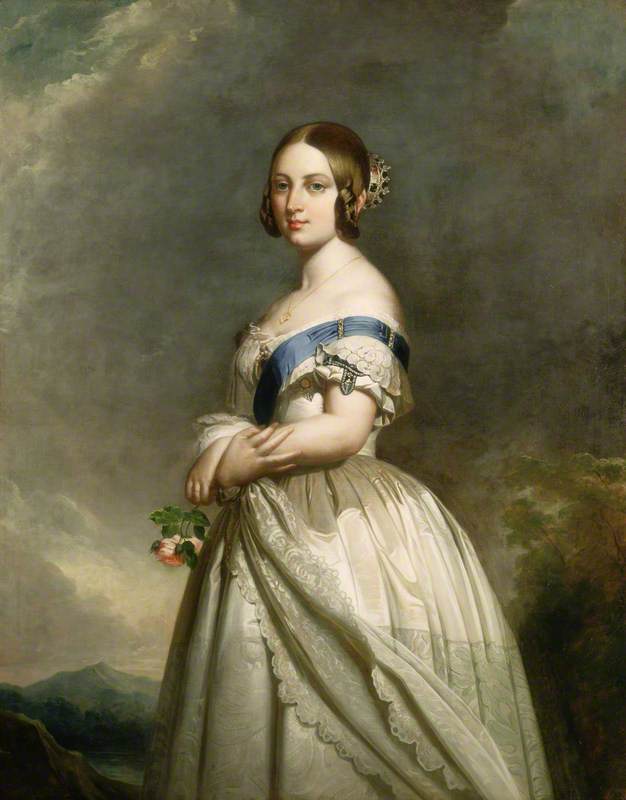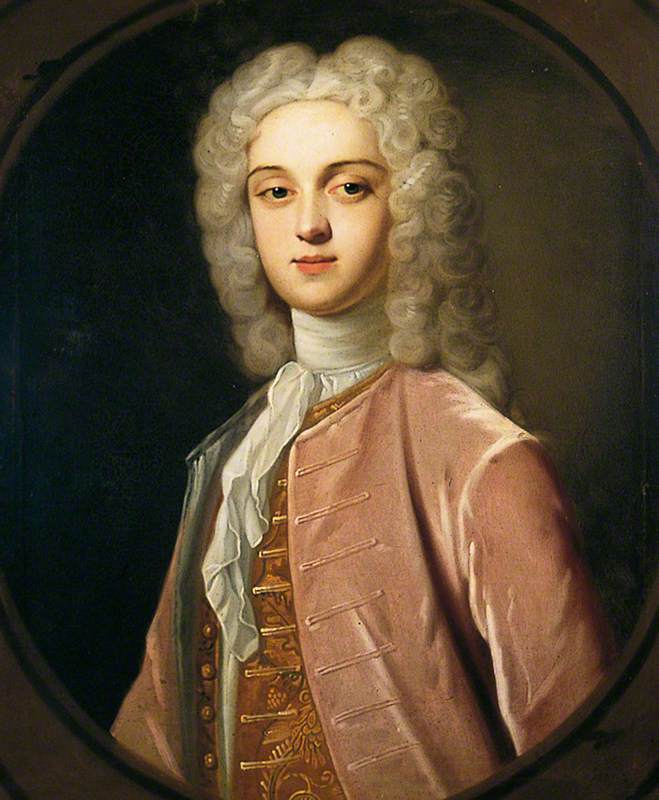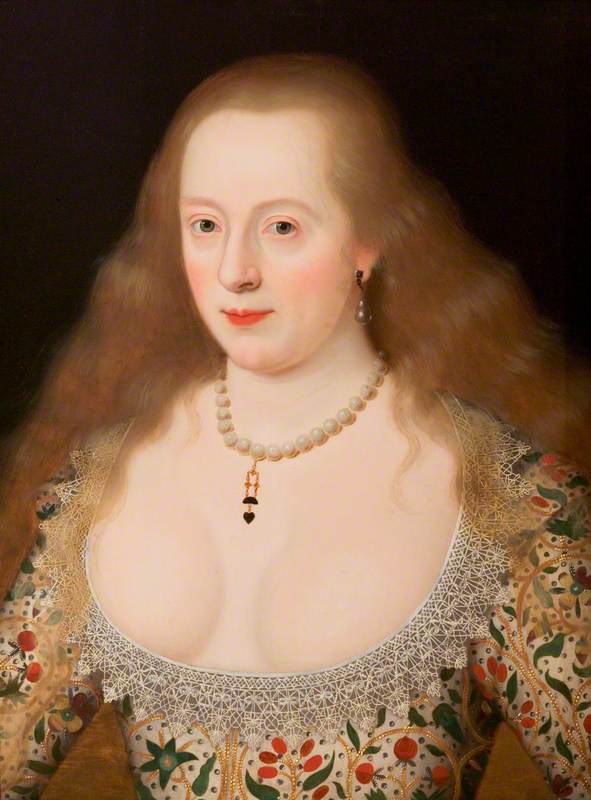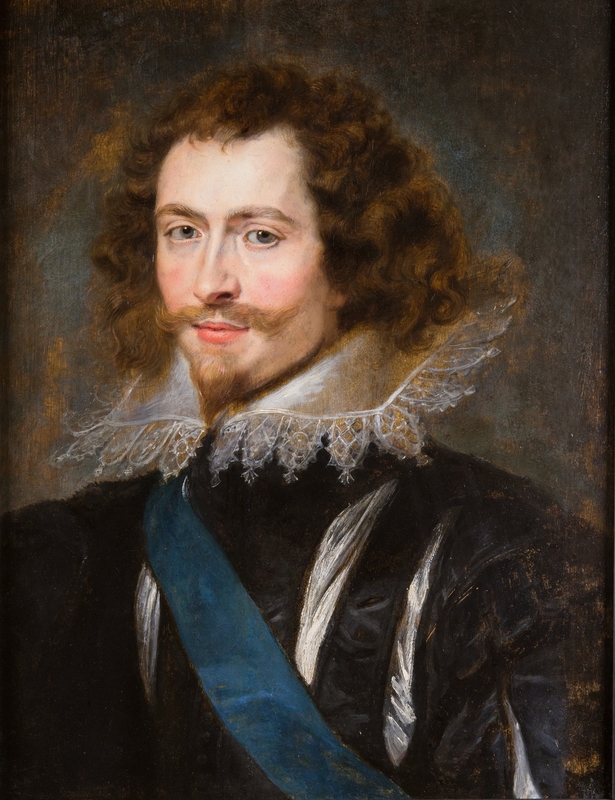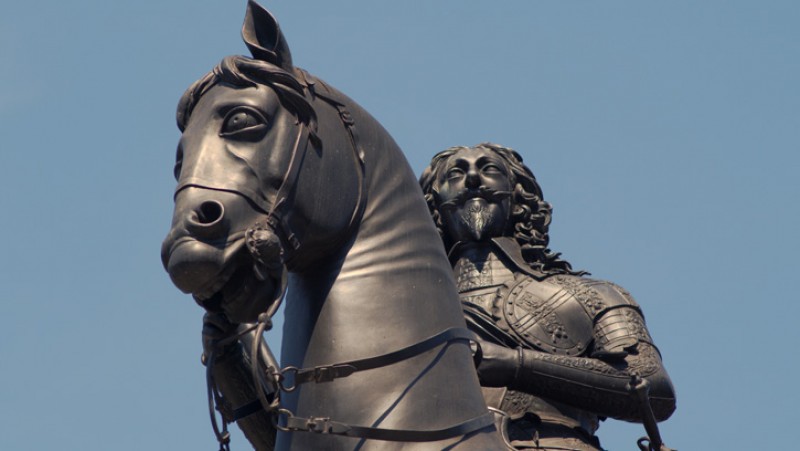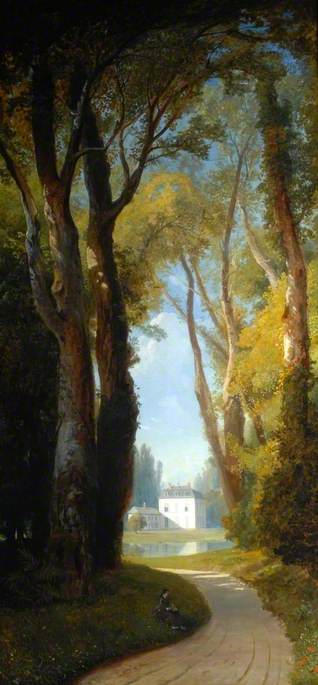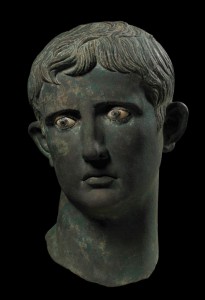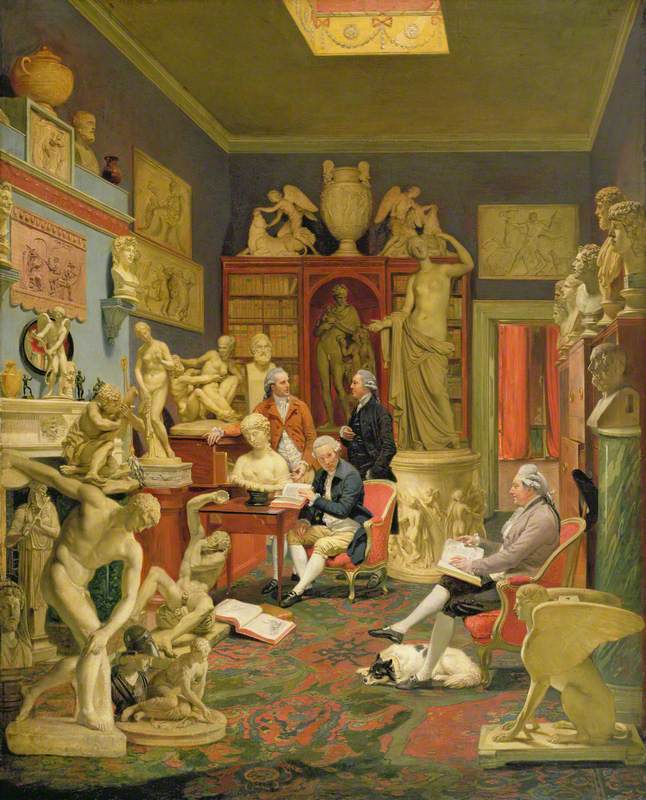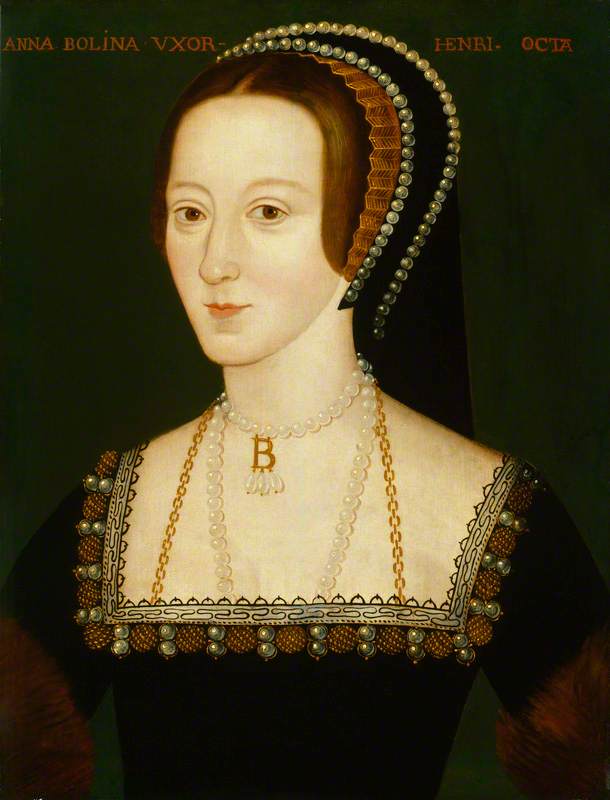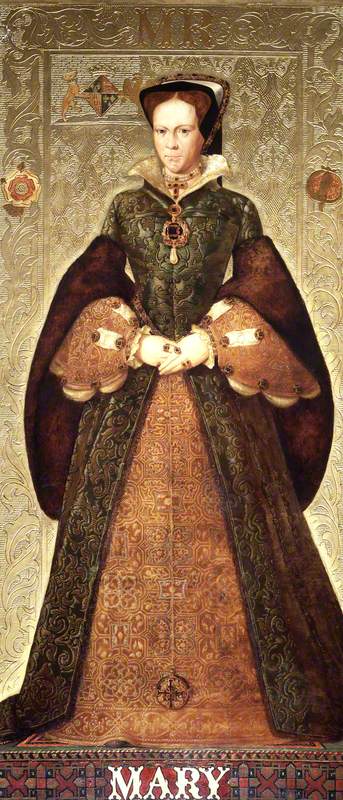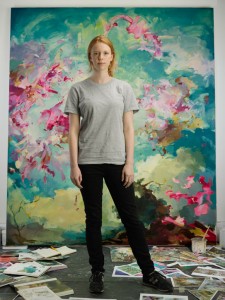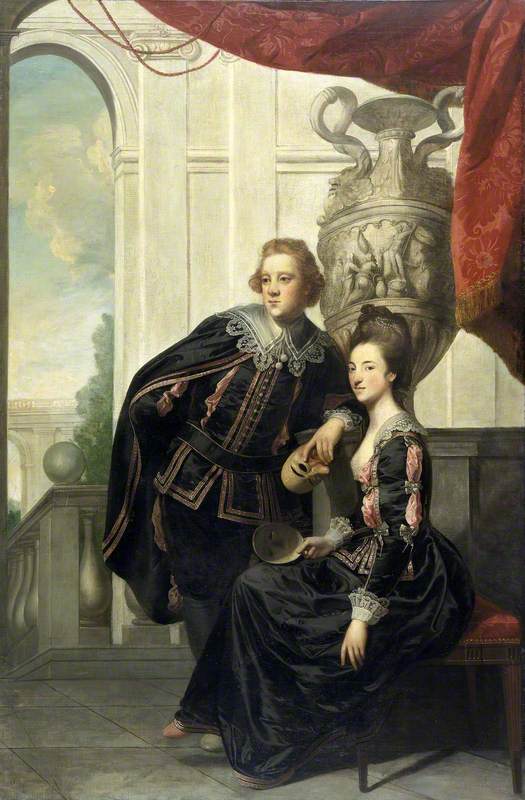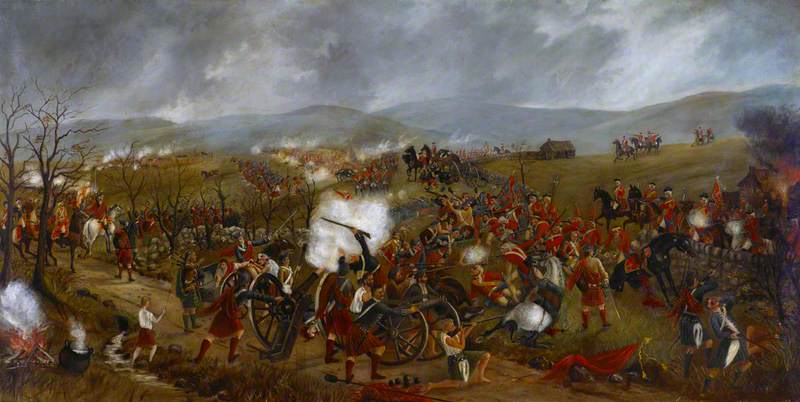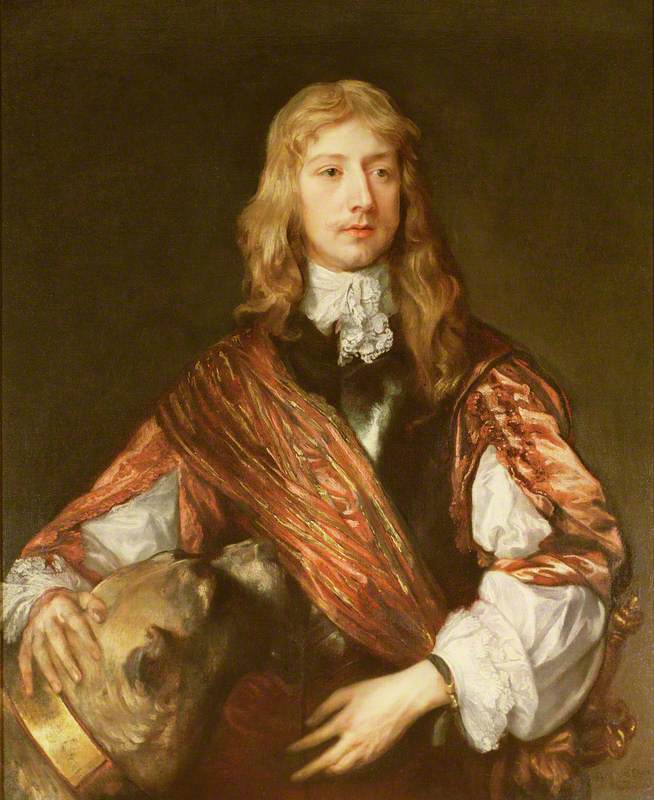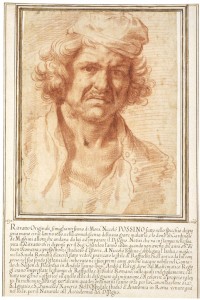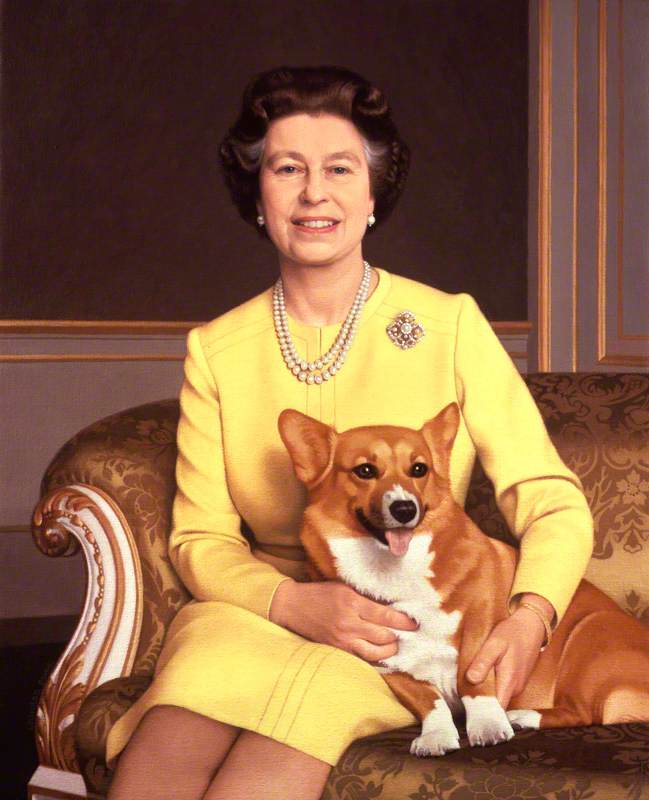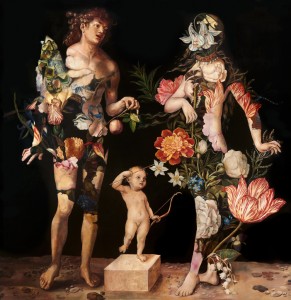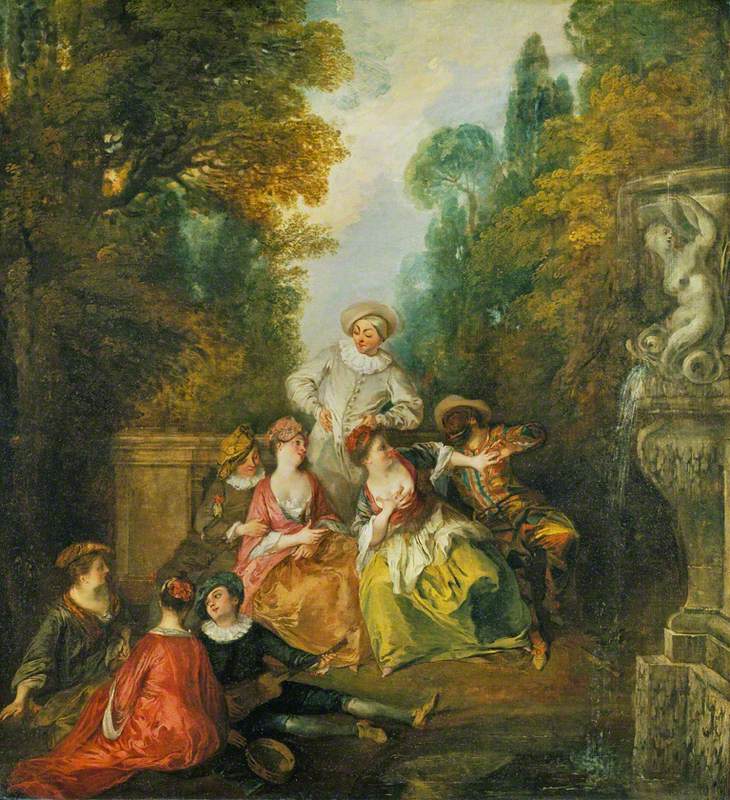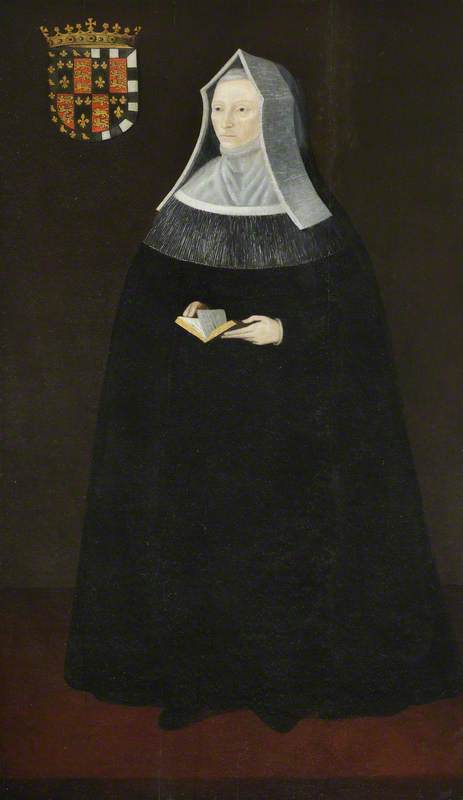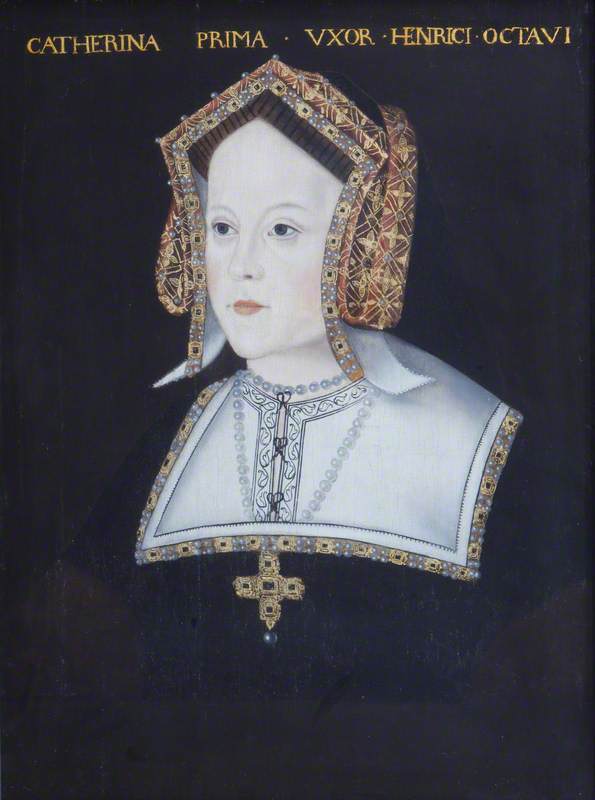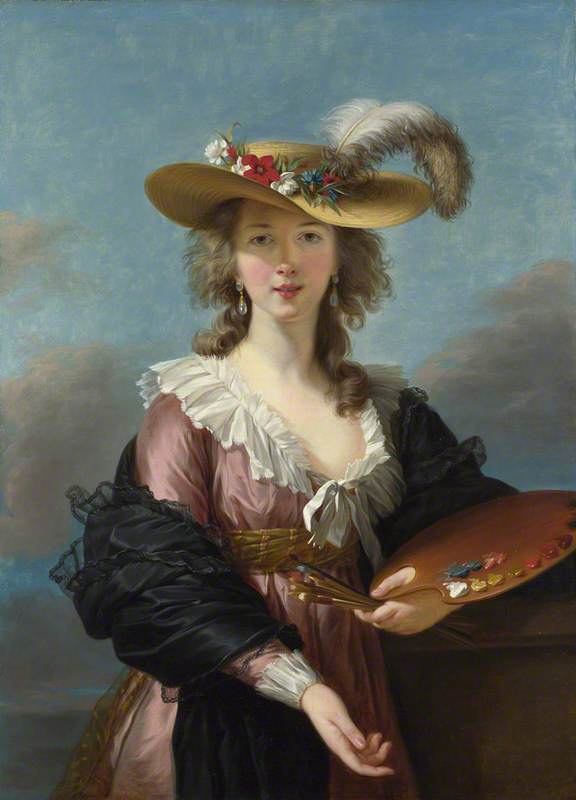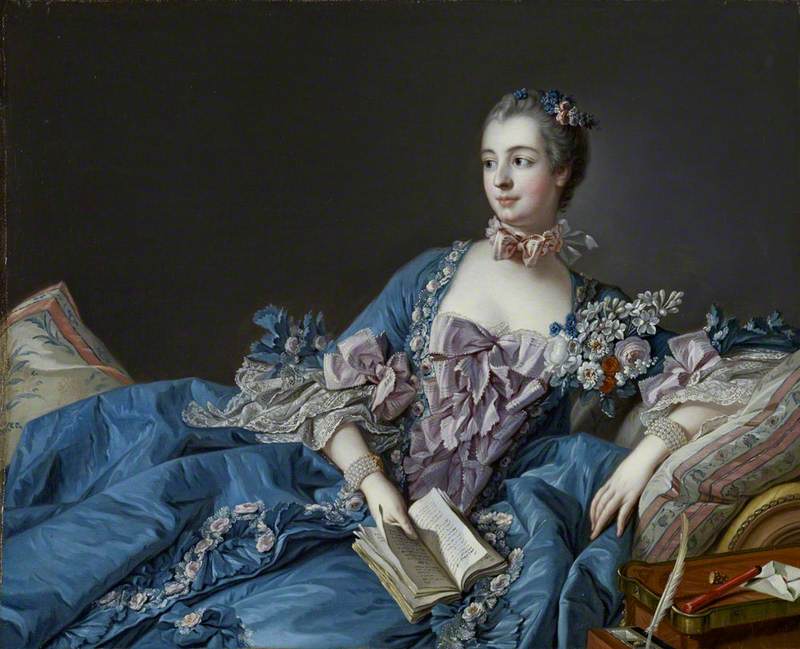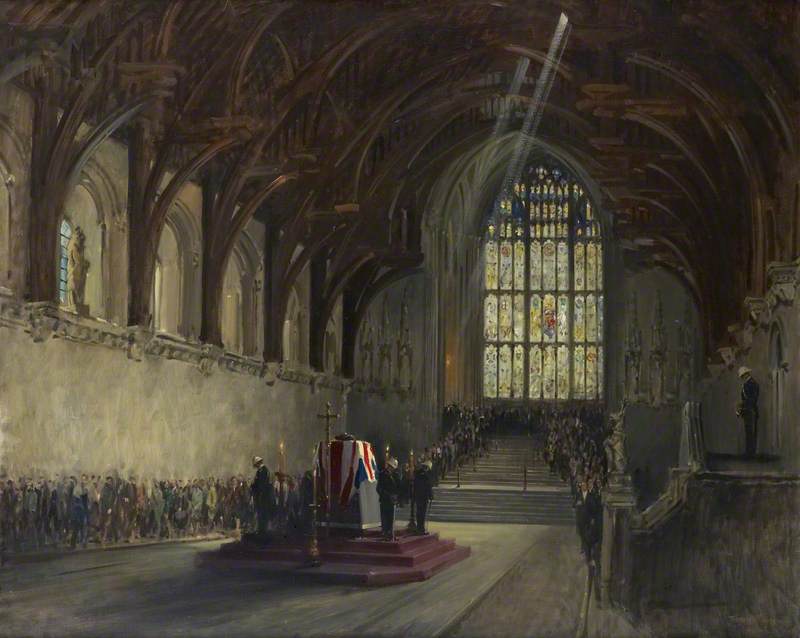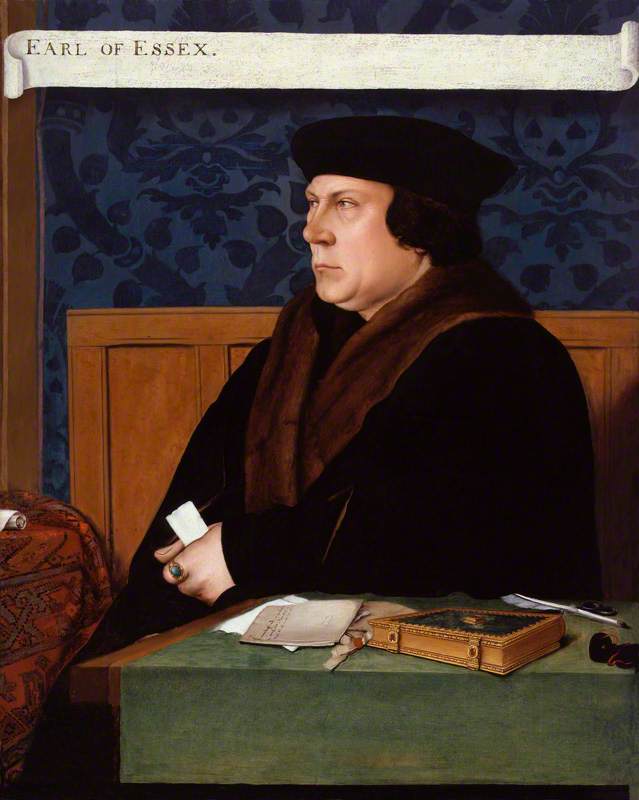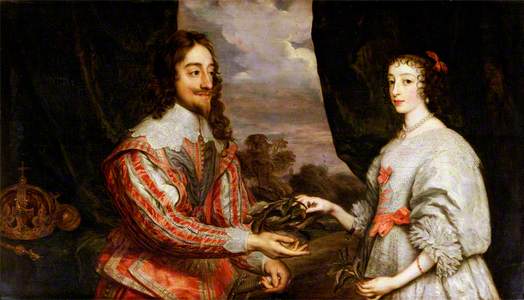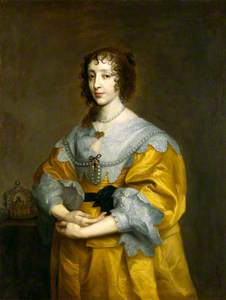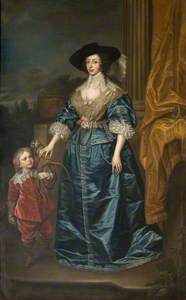Born on 25th November 1609, Henrietta Maria of France was the youngest daughter of Henri IV of France and Marie de Medici. Sister to Louis XIII of France, Isabel of Bourbon, Queen of Spain, Gaston of Orléans and Christine, Duchess of Savoy, Henrietta Maria was a great match for any prince of Europe.
Henrietta Maria was born before the tragic death of her father, Henry IV, in 1610 (he was assassinated in a stabbing).
Henry IV of France (1553–1610)
Frans Pourbus the younger (1569–1622) (attributed to) 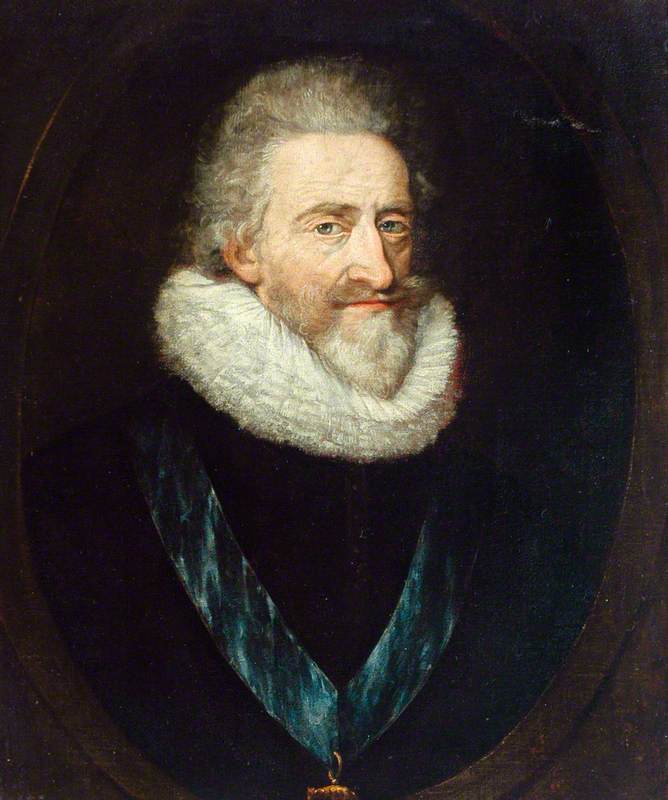
She never knew him, and her brother, Louis XIII, rapidly became a father figure to her. Her mother, Marie de Medici, also strongly influenced her children and ensured that they would all play important political roles in early modern Europe.
After a failed attempt to marry Charles (heir to the English and Scottish thrones) to the Spanish infanta, negotiations began between the English and French crowns. Henrietta Maria was the perfect match for Charles, despite her Catholicism. She was nine years younger than the English/Scottish prince and would secure a strong alliance with France to counterbalance Spain's growing power over Europe.
On 1st May 1625, Charles was married by proxy to the French princess in front of the doors of Notre Dame in Paris.
After a rough start, the political alliance through marriage eventually turned into a love story. This did not prevent Henrietta Maria's presence at the Protestant court generating gossip and issues, both for the royal couple and for the stability of the crown itself.
Charles I (1600–1649), and Henrietta Maria (1609–1669), with a Laurel Wreath
Gonzales Coques (c.1614–1684) (attributed to) 
Some said that Henrietta Maria had far too great an influence on Charles and that her Catholic beliefs, following the trauma of Mary I's short but long-remembered reign, were a problem. People feared that Charles was becoming more and more tolerant towards the Catholics of the country – and therefore, the queen was becoming a problem for the intolerant Protestant state.
When it came to religion, Henrietta Maria was unapologetic and expressed her feelings openly. She was close to her French and Scottish entourage at court, including her Scottish chaplain and confessor Robert Phillip, who eventually spent his last years in France.
Attacks on Henrietta Maria intensified. In 1632 a Puritan, William Prynne, published a book entitled Histriomastix: the Player's Scourge or Actor's Tragedy, which was a critique of English Renaissance theatre and actors.
In his work, Prynne directly referenced the queen and called her a 'whore'. For his attack, he was sentenced to have his ears cropped and to be imprisoned for life in the Tower. He was also fined £5,000 and his book was to be burned by the common hangman.
Despite heavy criticism towards her religion, Henrietta Maria was a beautiful queen, praised for her perfect hair.
Henrietta Maria
(copy after an original of c.1632–1635)
Anthony van Dyck (1599–1641) (copy after) 
The famous painter Anthony van Dyck (1599–1641) was commissioned to portray the queen's beauty, and many others were inspired by his portraits of the queen.
In many ways, her colourful style clashed with the Protestants' expectations of what a queen ought to be – she was too glamorous and regal.
Margaret Smith, Mrs. Thomas Carey, later lady Edward Herbert (1606–1678)
Anthony van Dyck (1599–1641) (follower of) 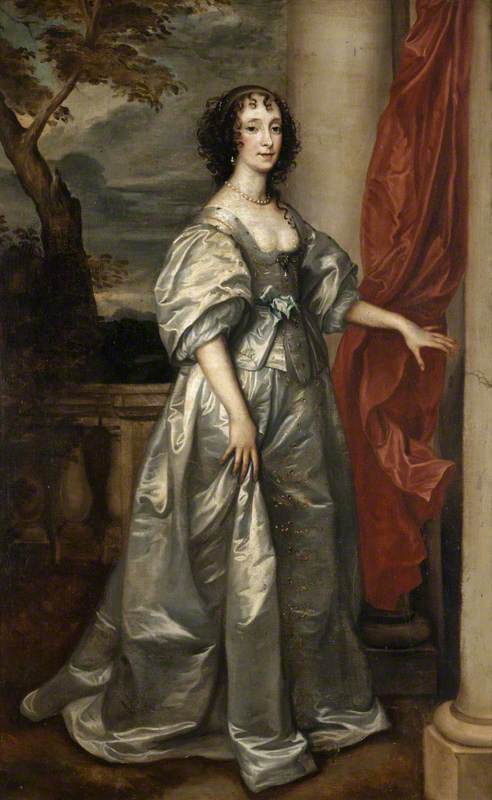
Henrietta Maria had expensive tastes and loved spending – generating some criticism at court and beyond. Her extravagance, along with her religion, was not welcome.
Queen Henrietta Maria (1609–1669)
Anthony van Dyck (1599–1641) (after) 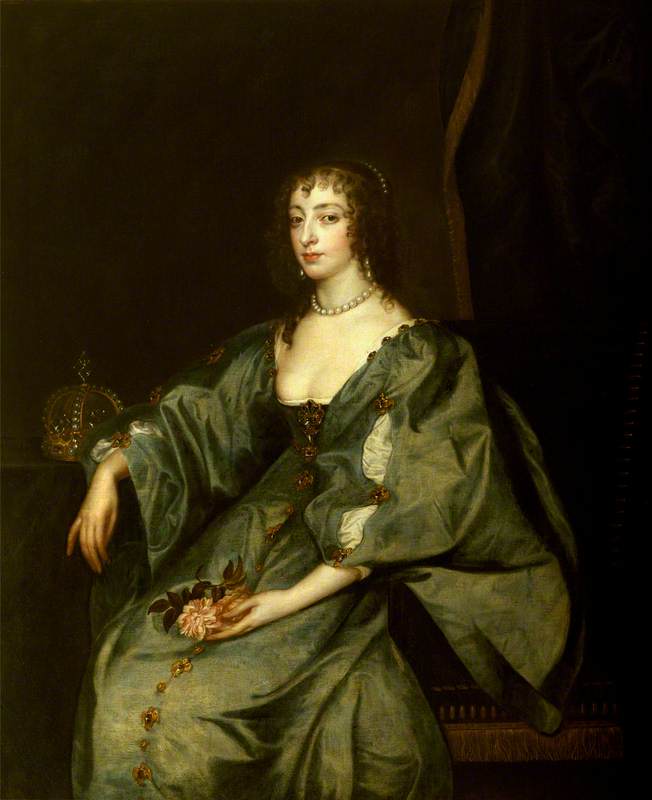
The royal couple often presented a united front and their love continued to grow over the years. Henrietta Maria usually started her letters to her husband with a loving and caring opening, 'my tender heart' (mon coeur tendre).
After five years of marriage, Henrietta Maria and Charles finally secured the dynasty with the birth of a son on 29th May 1630 – later to become Charles II. They had eight children in total, six of whom reached adulthood.
Henrietta Maria was also known for her frivolity, which was often embodied by her favourite companion at court: a dwarf named Jeffrey Hudson (1619–1682). He was known as the 'Queen's dwarf' or 'Lord Minimus' and was devoted to the royal family and Henrietta Maria. He was eventually banned from court when he killed a man in a duel. The reasons for this duel are still quite unknown and he was eventually captured by pirates, spending 25 years as a slave in North Africa before being ransomed back to the English court.
Henrietta Maria (1609–1669), with the Dwarf, Geoffrey Hudson
Anthony van Dyck (1599–1641) 
In these two portraits, Henrietta Maria is portrayed with her companion and Hudson's pet monkey.
Henrietta Maria (1606–1669), and Sir Jeffrey Hudson (1619–c.1682), Court Dwarf with His Pet Monkey
Anthony van Dyck (1599–1641) (circle of) 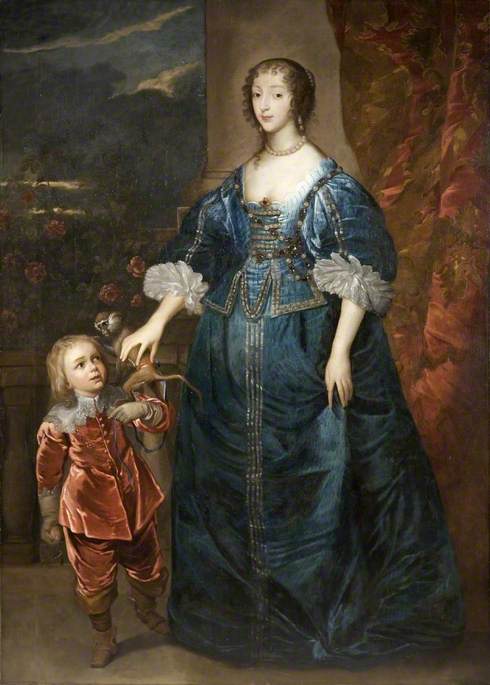
Henrietta Maria was a divisive figure in the seventeenth-century English court. Loved and adored by her husband, she represented hope for the English Catholics and trouble for the Protestants. She could never conquer all hearts and, during the Civil War, she eventually fled to her native France, where she tried to gain support for her husband. Charles was to be executed in January 1649.
Losing her husband was without a doubt Henrietta Maria's greatest source of grief. Yet, she remained a fervent defender of the monarchy and of the English crown even after his death, supporting her son, Charles II, during the Restoration.
Henrietta Maria (1609–1669), with Prince Charles (1630–1685)
Anthony van Dyck (1599–1641) 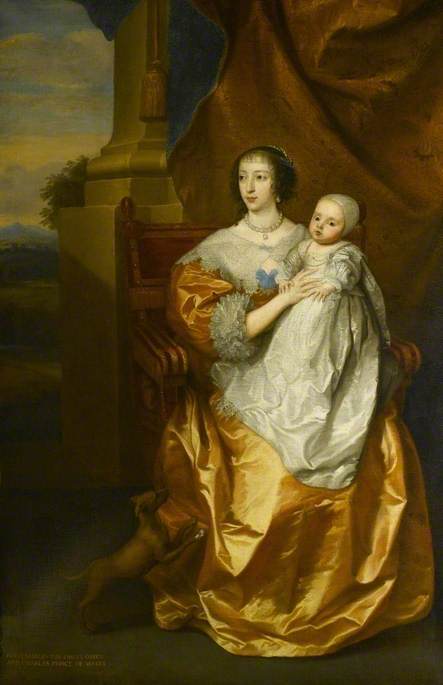
In the end, Henrietta Maria is still associated with the downfall of her husband and the monarchy, as well as with the Civil War that ravaged the country. Whether you loved or hated her largely depended on which side you were on.
Charles I (1600–1649), and Queen Henrietta Maria (1609–1669)
18th C
Anthony van Dyck (1599–1641) (after) 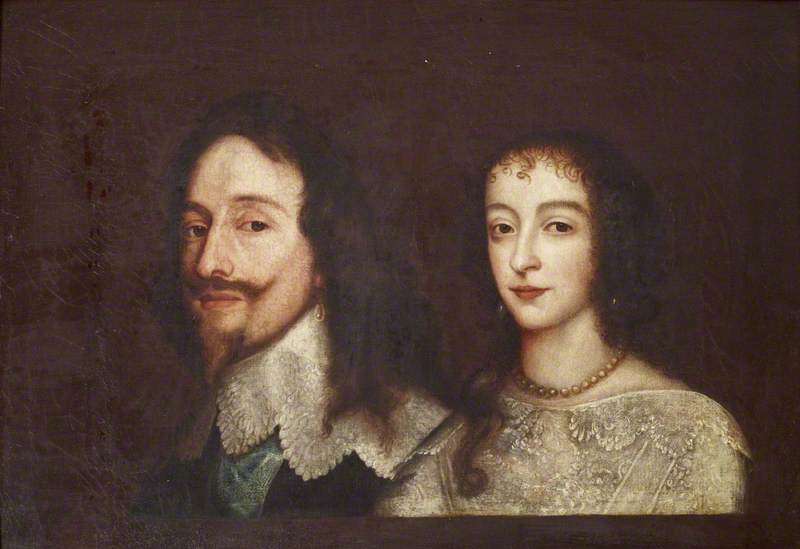
Regardless, Henrietta Maria left a mark on both British and French history and should be remembered as more than a mere wife and mother: as her own political and diplomatic master. During her time in exile, she developed strong connections all over Europe to help secure her son's royal restoration in 1660. In 1665, she moved back to Paris, where she died on 10th September 1669.
Estelle Paranque, historian and author
Further reading
Susan Dunn-Hensley, Anna of Denmark and Henrietta Maria: Virgin, Witches, and Catholics Queens, Palgrave Macmillan, 2017
Erin Griffin, Henrietta Maria: piety, politics, and patronage, Ashgate, 2008
Nick Page, Lord Minimus: The Extraordinary Life of Britain's Smallest Man, HarperCollins, 2002
Estelle Paranque (ed.), Remembering Queens and Kings of Early Modern England and France: Reputation, Reinterpretation, and Reincarnation, Palgrave Macmillan, 2019
Michelle White, Henrietta Maria and the English Civil Wars, Ashgate, 2006
